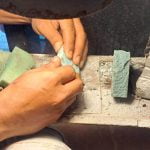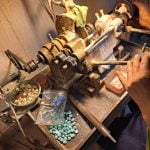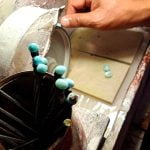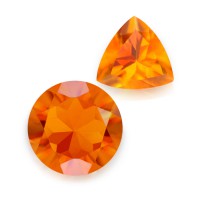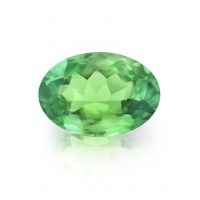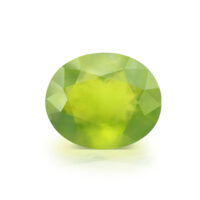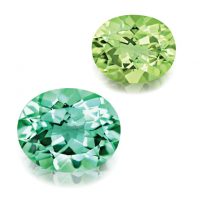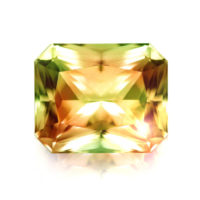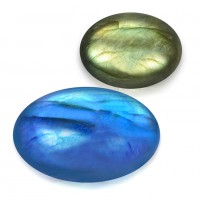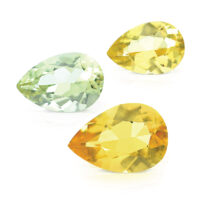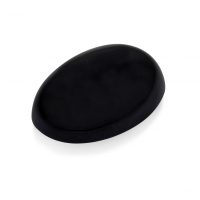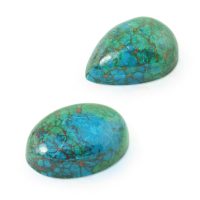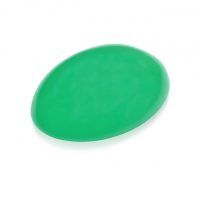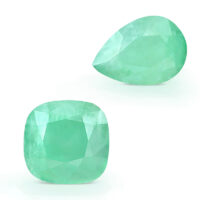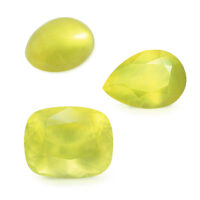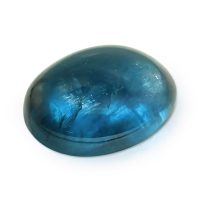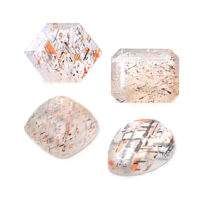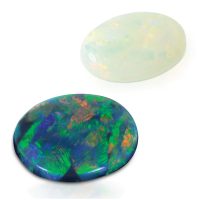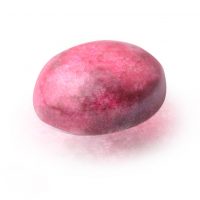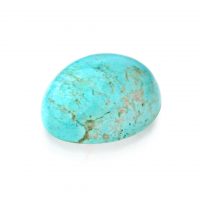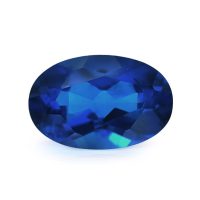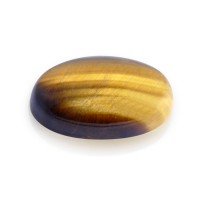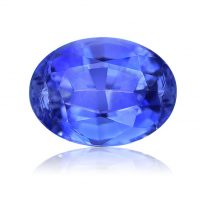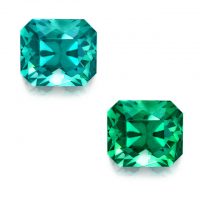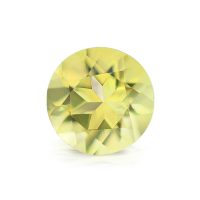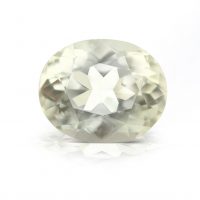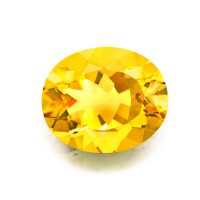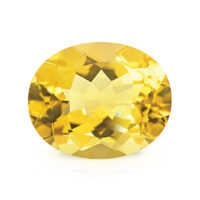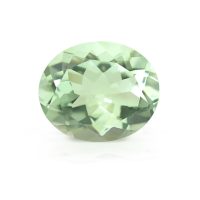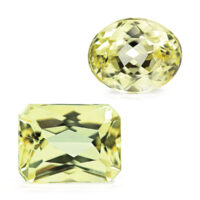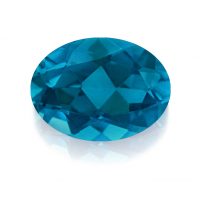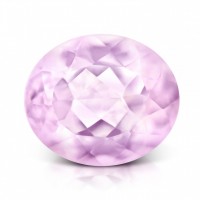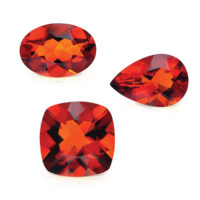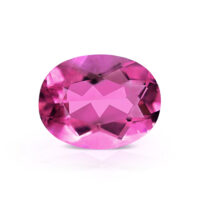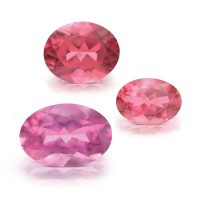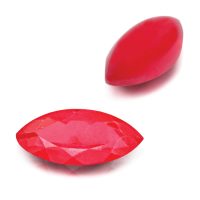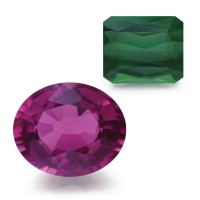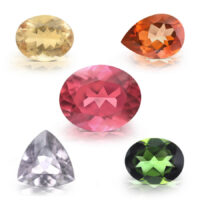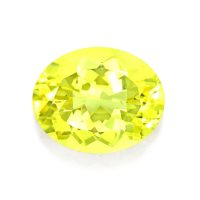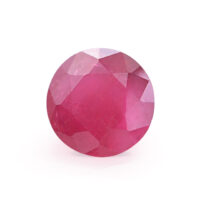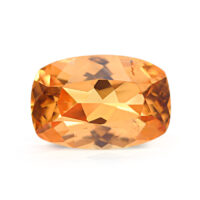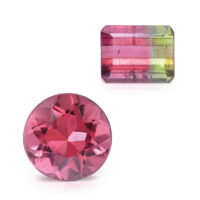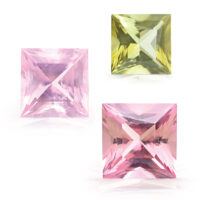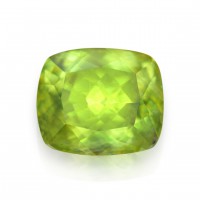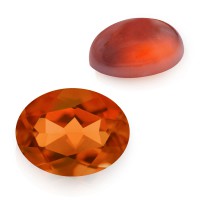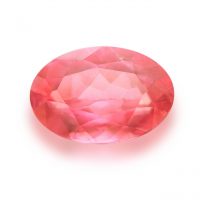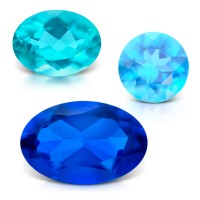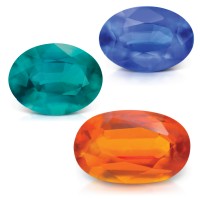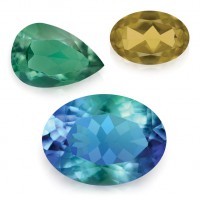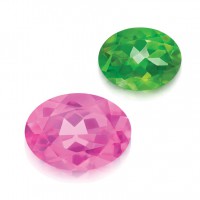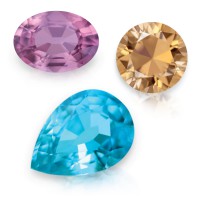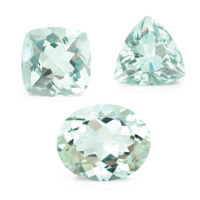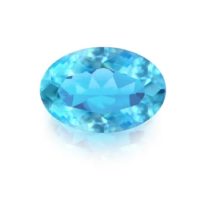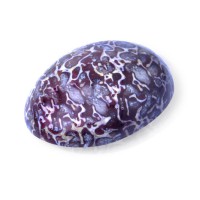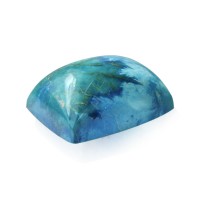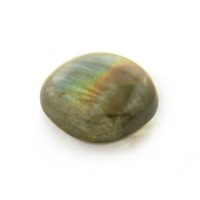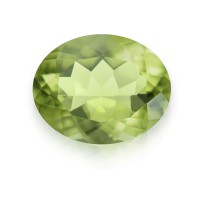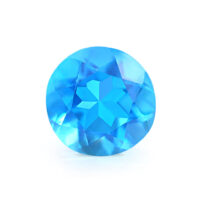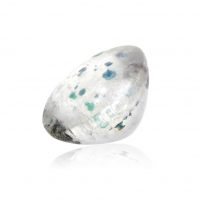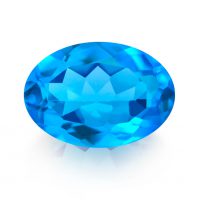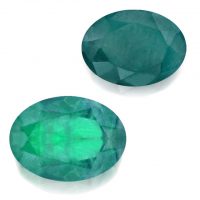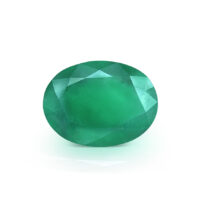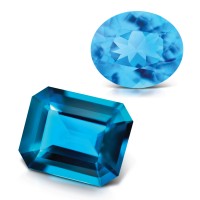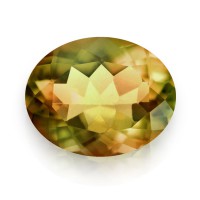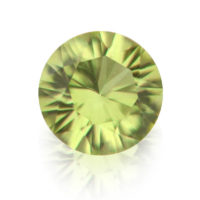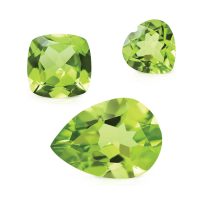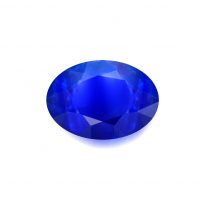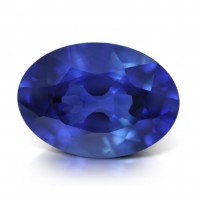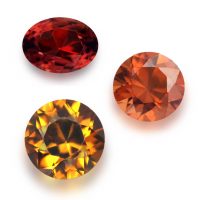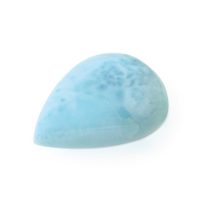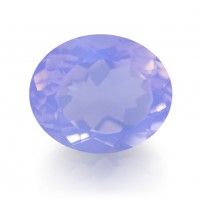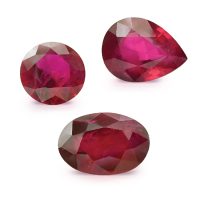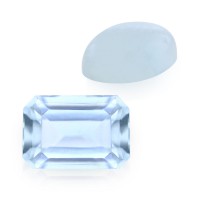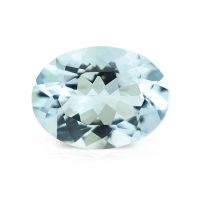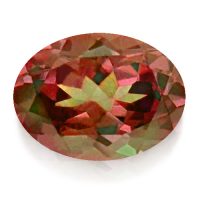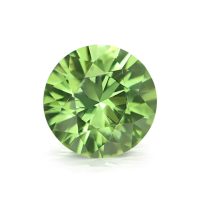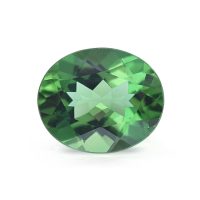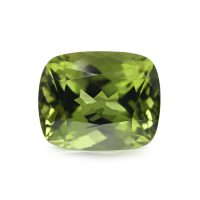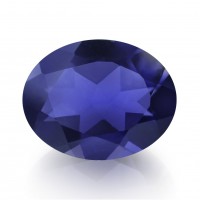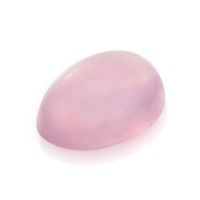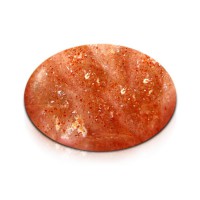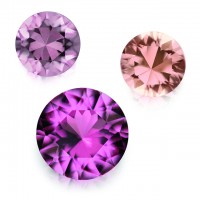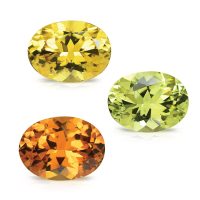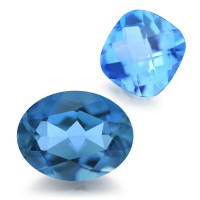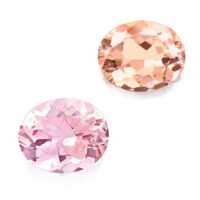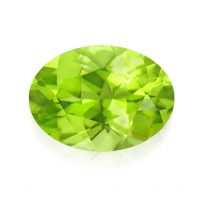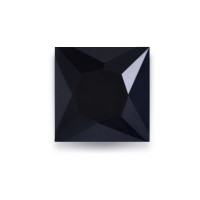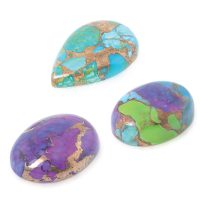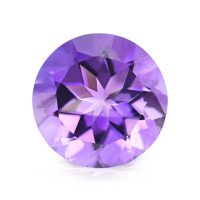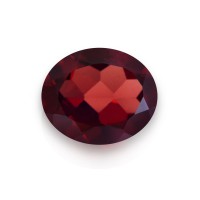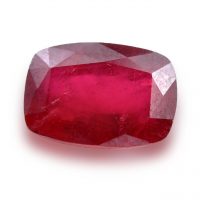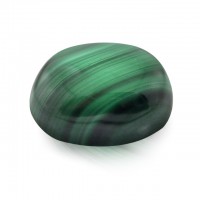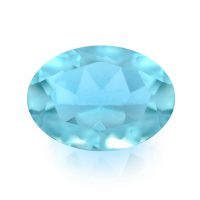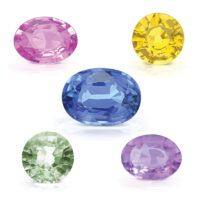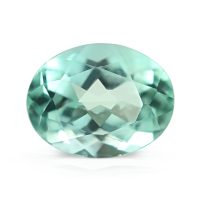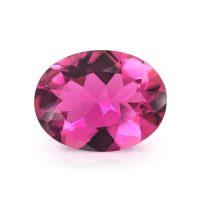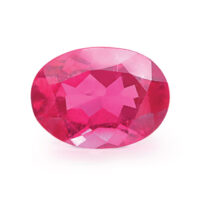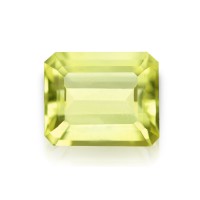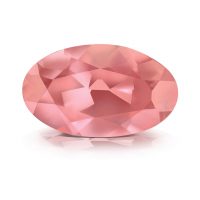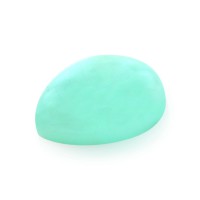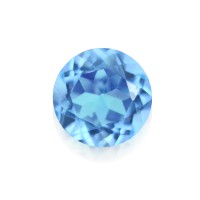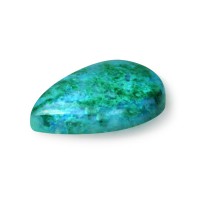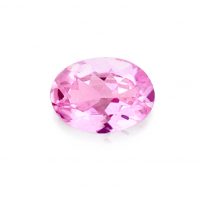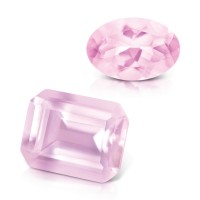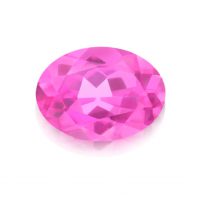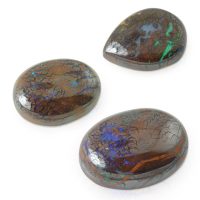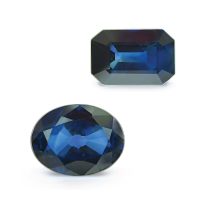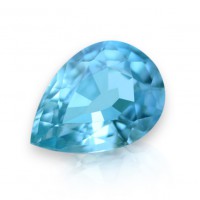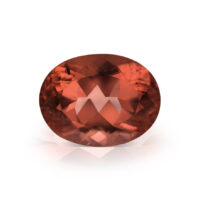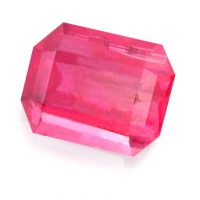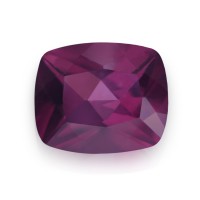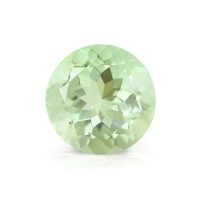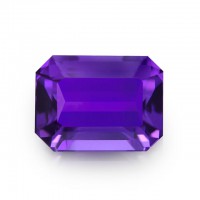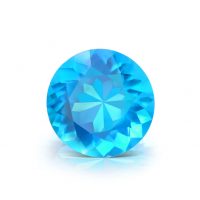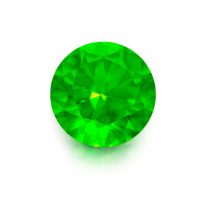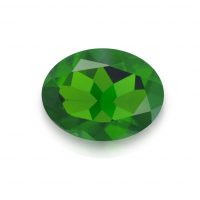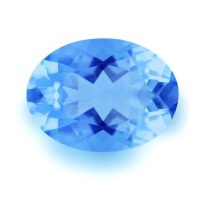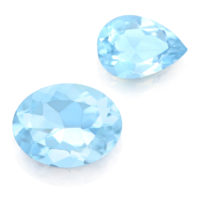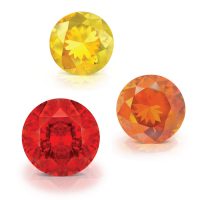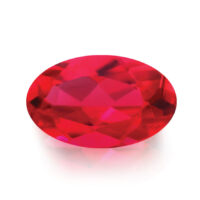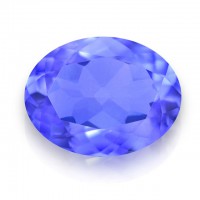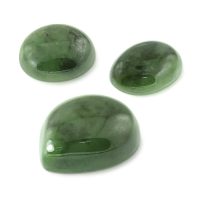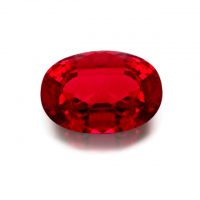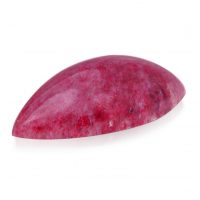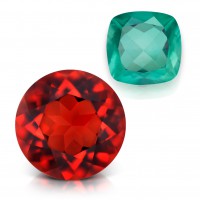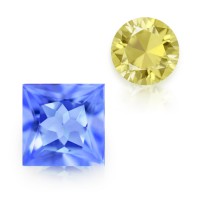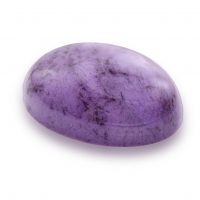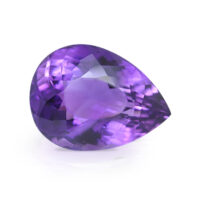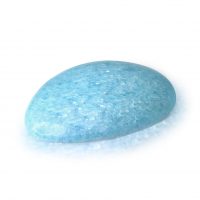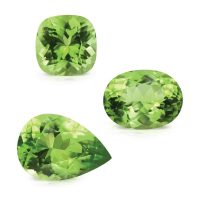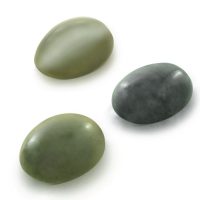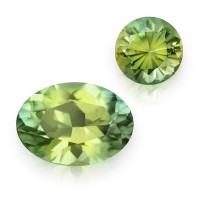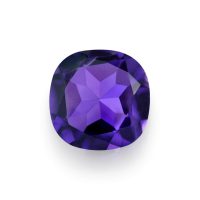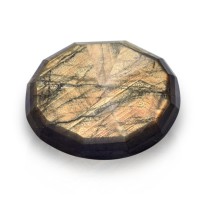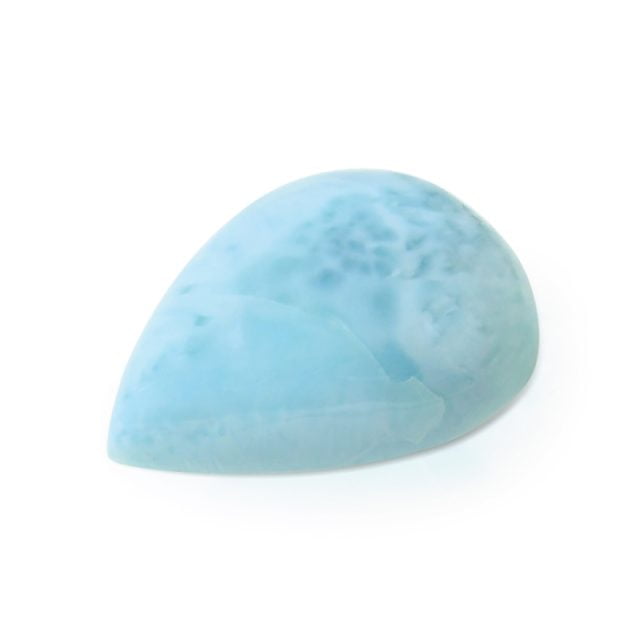

Unquestionably rare and beautifully unique, Larimar (Blue Pectolite) is only found at the Filipinas Larimar Mine, nestled in the Dominican Republic’s remote Sierra de Baoruco mountains, that was rediscovered in 1974. Blending cool whites and exotic blues, Larimar beautifully embodies the colors of the Caribbean. An incredibly beautiful artwork of ocean and sky, undeniably rare, and every day wearable, Larimar’s been a globally coveted jewelry gemstone since the 80s. With Filipinas sadly closing in 2021, Larimar’s future is now uncertain… it’s extremely difficult to source, especially in all-natural finer qualities.
Hardness 4.5 – 6
Refractive Index 1.595 – 1.645
Relative Density 2.74 – 2.88
Enhancement None
Beauty
One of the world’s most beautiful gemstones, our Larimar displays highly-prized, cloud-like mottled patterns of stunning Caribbean ocean blues, blue-greens, sky blues and ice whites in medium saturations (strength of color) and tones (lightness or darkness of color), the marketplace ideal. Every Larimar has its own beautiful variations, making every gem individually unique. Coloration determines Larimar quality, with greater blues and higher color contrast, rarer and more valuable. Larimar can also have brown, green and red inclusions, due to the presence of other minerals or oxidation, which are generally undesirable.
Larimar crystals are compact, affording a very high, mirror-like polish. This key quality consideration facilitates both color communication and a deft finish, displaying a high-luster, even in mundane lighting. Larimar is expertly cut in the legendary gemstone country of Thailand (Siam), home to some of the world’s best lapidaries. Optimally cut ‘en cabochon’ (cut in convex form and highly polished, but not faceted), Larimar is carefully finished into attractive smooth domes with a desirable proportion, shape, symmetry, and a superior polish that displays an excellent silky luster.
An acid silicate hydrate of calcium and sodium, Larimar is the tradename for Blue Pectolite (or a rock composed largely of Pectolite) with a unique volcanic blue coloration, caused by copper substituting for calcium. Interestingly, copper is also the coloring agent responsible for Paraíba Tourmaline’s prized blues. First discovered at Italy’s Mont Baldo and Mont Monzoni in 1828, Pectolite is named for the Greek ‘pektos’ (congealed) due to the mineral’s sometimes translucent appearance. Pectolite is colorless, gray, greenish, pinkish, purplish, and white. Prior to Larimar’s discovery, gem Pectolite occurred only in grays or whites, and was not highly-regarded, with few pieces suitable for cutting. Occasionally translucent, Larimar is usually opaque, ranging from dark blue to blue-green and sky blue with various white mottling and patterns. While transparent crystals are rare and usually tiny, compact fibrous Pectolite can make wonderful cabochons, that can sometimes also display the cat’s eye effect (chatoyancy). While mineral Pectolite occurs across the globe, these deposits are seldom cohesive enough to cut, making them too soft and fragile for jewelry. Larimar is one of the few Pectolite varieties whose fibers grow intertwined, becoming Jade-like in toughness and appearance. Once a curiosity for gem collectors, this rare Blue Pectolite found only in the Dominican Republic has unsurprisingly become a popular jewelry gemstone. Dominican Blue Pectolite was first encountered in 1916 by Father Miguel Fuertes Domingo Lorén, near the coastal city of Barahona. While his request to mine the then unknown ‘blue rock’ was denied, after nearly 60 years, it was rediscovered in 1974 by Miguel Méndez and Peace Corps volunteer Norman Rilling, on a beach at the foot of the Sierra de Baoruco mountain range. Before Mendez and Rilling, natives believed the stone came from the sea, calling it ‘Piedra Azul’ (Blue Stone). Coined by Méndez in 1975, ‘Larimar’ combines his oldest daughter’s name Lari (short for Larissa), and the Spanish word for sea (mar), in homage to the colors of the Caribbean. While the few gems they found were alluvial sediment, washed into the sea by the Baoruco river, upstream searches revealed the host deposit. Larimar is formed in cavity fillings of volcanic basalt flows, dikes, and plugs in the south coast of the island. When these rocks erode, they’re carried down the slope to end up in the alluvium and beach gravels, where they stand out in contrast. The nature reserve ‘El Monumento Natural Miguel Domingo Fuertes’ is named after Larimar’s first discoverer, and in 2018 the Dominican National Congress established 22nd November as the ‘National Day of Larimar’ (Día Nacional del Larimar). Larimar’s also known as the Caribbean Gem, Dolphin Stone, Atlantis Stone, and Stefilia’s Stone. While ‘Dolphin’ is an easy oceanic link, Larimar being the ‘Stone of Lost Atlantis’ has its roots in the beliefs of American clairvoyant Edgar Cayce (1877 – 1945), who thought Haiti and the Dominican Republic (sharing the island of Hispaniola) is a fragment of the sunken mythological city. According to some crystal healers, the Spanish name ‘Stefilia’ represents feminine characteristics such as generosity, intuition, romance, and tolerance. Esoterically, Larimar’s claimed by some to be a gemstone of ‘answers from the sea of consciousness’ due to its color. While no synthetics exist, easily identified Larimar ceramic and glass simulants occur.
Rarity
While the Dominican Republic is the primary source of gem-quality Pectolite, minuscule quantities have also been found in Canada, Czech Republic, Greenland, Japan, Morocco, Russia, South Africa, Sweden, UK, and the USA. The Filipinas Larimar Mine (Los Chupaderos) is the world’s only source for this rare copper-bearing variety of Pectolite. In the Dominican Republic, mineral rights belong to the government. Transferred to the local population, Larimar mining continued from the 70s until the mine was closed in August 2021 for safety reasons.
Located in the remote Sierra de Baoruco mountains, approximately 10 kilometers southwest of the city of Barahona in the southwestern region of the Dominican Republic, Filipinas is a single mountainside now perforated with approximately 2,000 vertical shafts, surrounded by rainforest and blue-colored mine tailings. While Larimar is exceedingly rare globally, it was once relatively locally abundant at this sole source. Formed when hot gases push crystallized minerals through volcanic formations, miners must identify these, digging deeper and deeper into old volcanoes’ altered basalt. Larimar mining was always very primitive, using small shafts and galleries, mostly dug by hand with shovels and pickaxes, without explosives. Electric hammers, winches and three-wheeled motorcycles were the most sophisticated technology employed. Past mining was often random, with little knowledge of the deposit’s geology, resulting in poor drainage and ventilation, rock mass destabilization, and safety concerns. Despite improvements to facilitate access and improve safety (i.e. better drainage, ventilation, and emergency escape routes), there was a risk of collapse. While the country is also a significant source of Amber and Conch Pearls, Larimar is important for the Dominican Republic, and significant measures were taken to avoid the mine’s closure. Currently still closed, a scientific paper from 2022 (Dominican Larimar Mining – Current State and Future Prospects), offers potential solutions to safely reopen the mine.
Since its discovery, Larimar mining has been extremely erratic and unpredictable, noting it’s estimated that only 5 percent of all Larimar mined is naturally gemmy. With the closure of Filipinas, Larimar is extremely difficult to source in any grade, but especially in finer qualities, with prices depending on color, inclusions, size and enhancement. While large gems were historically available, finer grades are currently limited to around 20x15mm calibrated sizes.
Our Larimar is also totally natural and unenhanced, accentuating desirability, rarity, and value. A critical attribute for top qualities, Larimar is often resin stabilized and/or dyed.
Durability & Care
With a Jade-like toughness, Larimar (Mohs’ Hardness: 4.5 – 6) is a popular jewelry gemstone, well-suited to everyday wear. Larimar should always be stored carefully to avoid scuffs and scratches. Clean with gentle soap and lukewarm water, scrubbing behind the gem with a very soft toothbrush as necessary. After cleaning, pat dry with a soft towel or chamois cloth.
Map Location
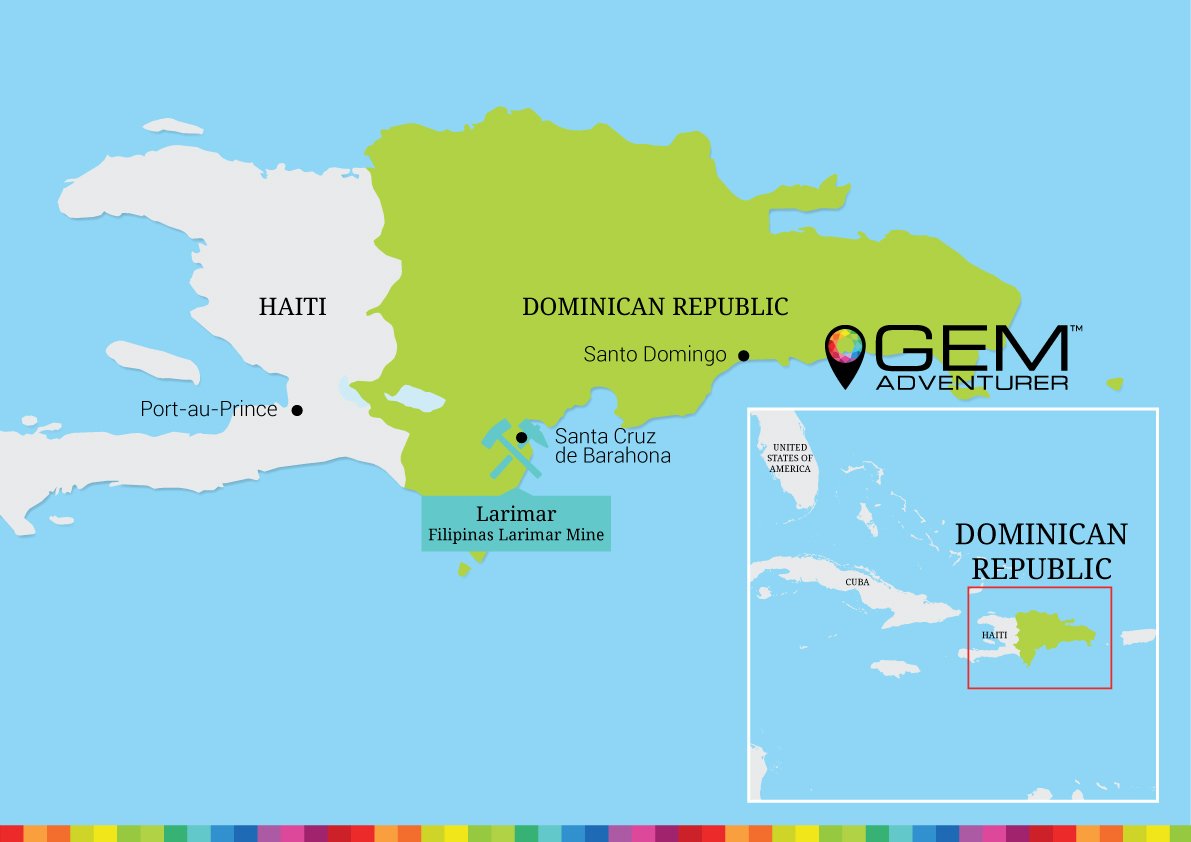
Click map to enlarge
